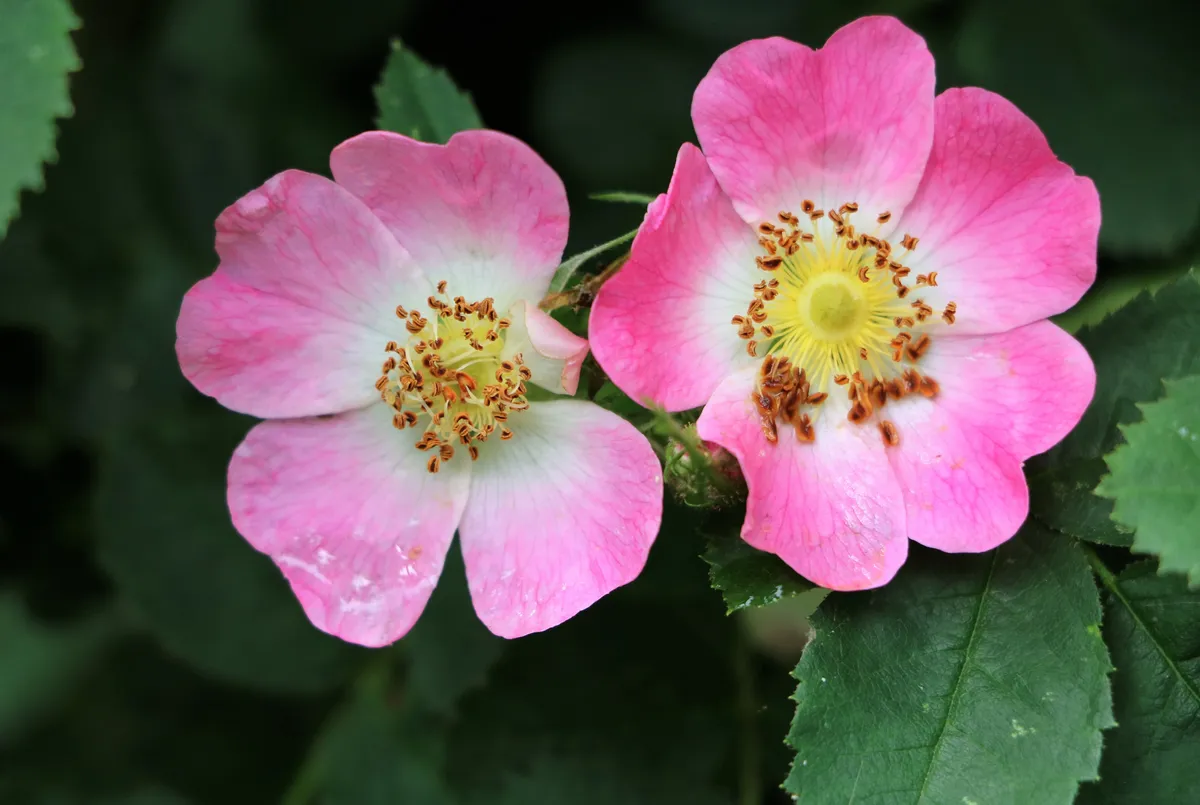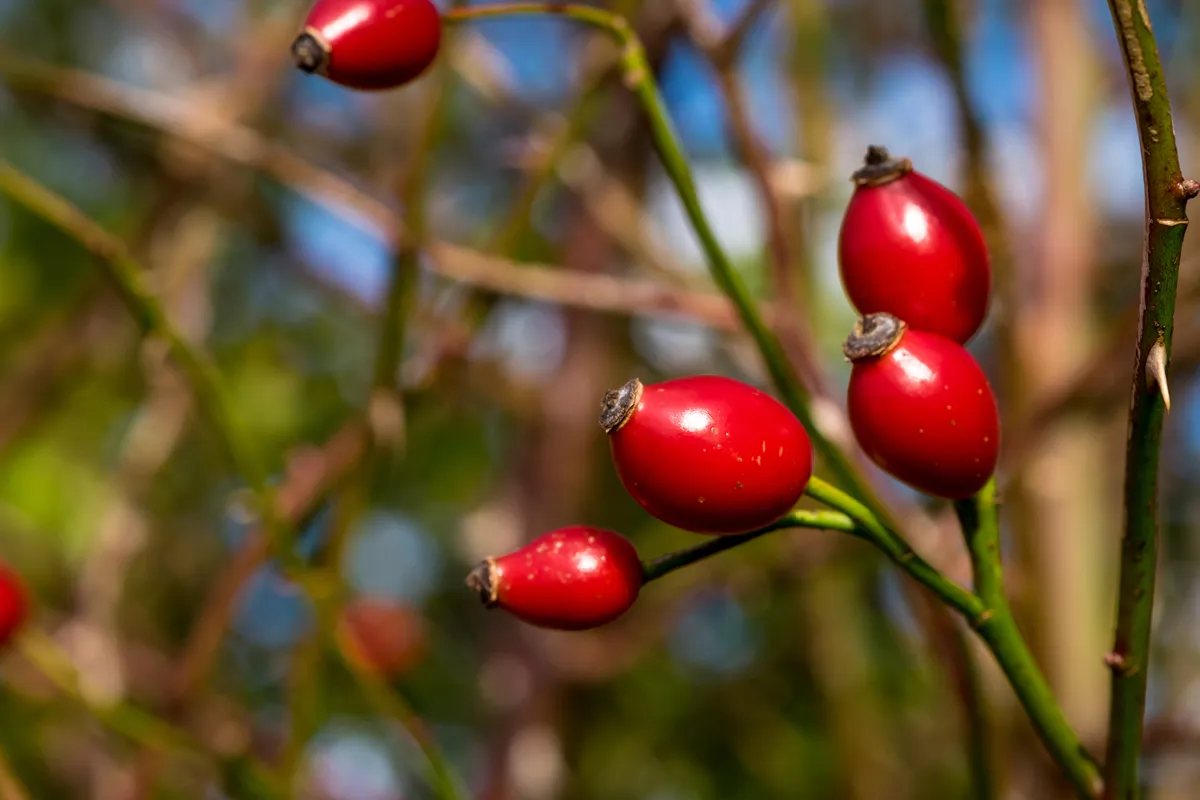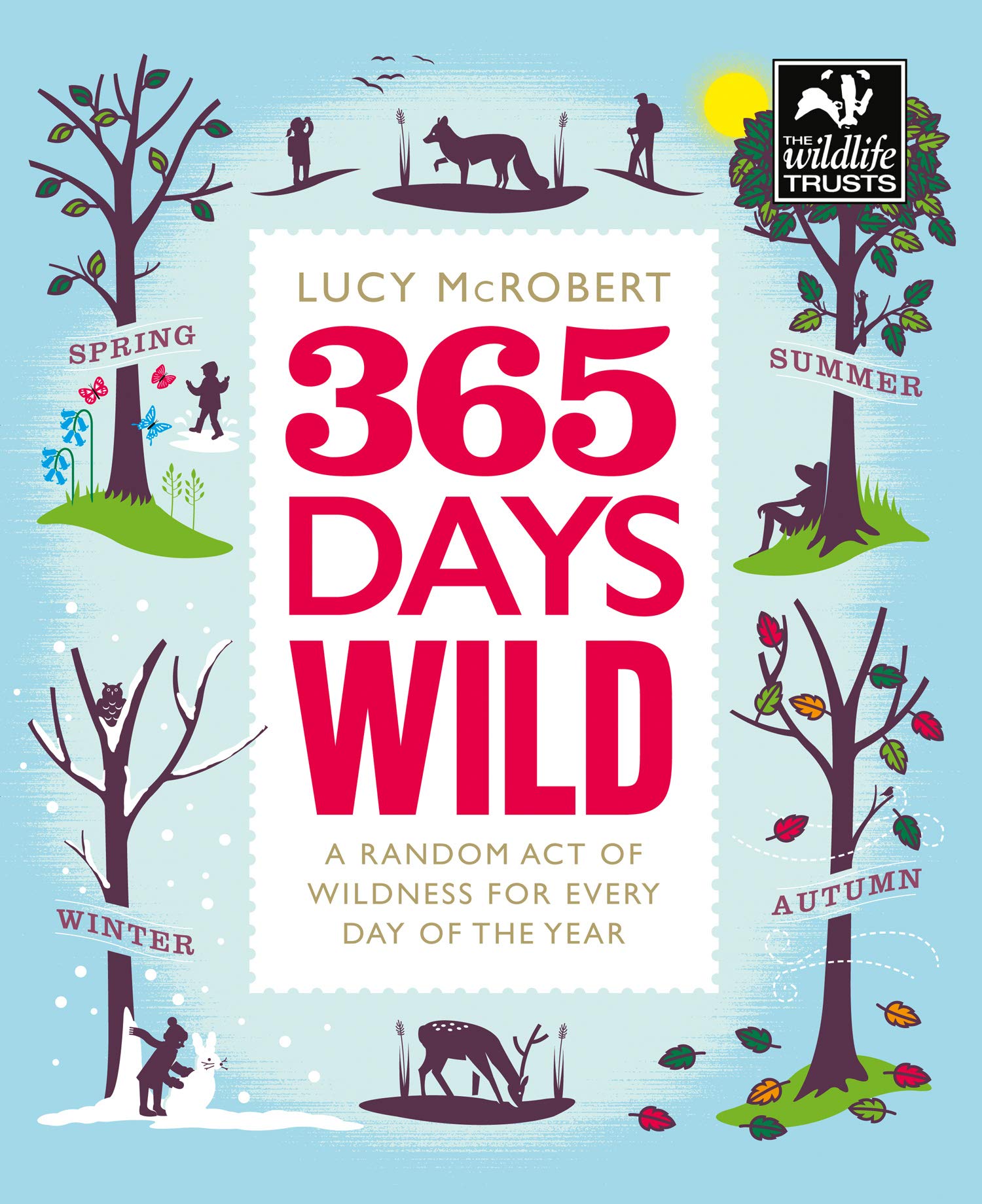Dog roses are one of the most underrated flowers that appear in the spring, the petals of which can be used to make wild rose lokum (Turkish delight).
As the summer wears on, the petals will drop off to be replaced by the seedpod, the rosehip.

Round, red and quite hard, these sweet little pods make the most amazing syrup. Their vibrant colour comes from lycopene and beta carotene, the same chemicals which make tomatoes red and carrots orange respectively.
Weight for weight, rosehips have over 20 times more vitamin C than oranges, and contain many other nutrients.
If you fancy doing more foraging, head over to our foraging hub for advice on sustainable foraging, the best foraging books and recipe ideas including how to make sloe gin, how to make fruit balsamic vinegar and how to make hazelnut butter.

When to pick rosehips
Typically, rosehips are left on the bush until after the first frost which helps them to ripen, making them slightly softer and sweeter. However, they should be harvested before a hard frost and any shrivelled ones left for the birds and any other wildlife.
Why do rosehips have irritating hairs?
Rosehips may be small and mighty, packing a nutritious punch but they also have irritating hairs in their fleshy, seed containing centre. Seemingly innocuous, these itch inducing hairs have traditionally been used in itching powders.
Rosehip syrup is an easy way to make the most of these vibrant coloured beauties whilst avoiding the itch. Multiple straining in recipe is a good idea to get rid of these troublesome hairs.


